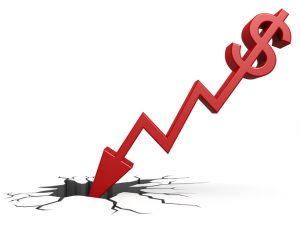Roche outlines ‘higher than originally expected’ sales impact from biosimilars worldwide.
Roche announced in full year results for 2020 that biosimilars to Herceptin (trastuzumab), Avastin (bevacizumab), and MabThera/Rituxan (rituximab) dented sales by CHF 5.7 billion ($6.34 billion) worldwide.
Roche group’s CEO, Severin Schwan, commented in an investor call after the results were revealed that “the impact of biosimilars was significant, somewhat higher than we originally expected.”

Image: iStock/tang90246
As a result, sales in the company’s pharmaceuticals division decreased by 8% to CHF 44.5 billion compared to the previous year. A reduced impact is expected to be felt in 2021, though a CHF 4.6 billion fall in sales is still expected from the same three products.
Bill Anderson, CEO of Roche Pharmaceuticals, concluded, “I think we’ve seen the worst that it can get.” He added that the company had previously estimated a sales impact of CHF 4 billion in the US, Japan, and Europe – with the actual figure for 2020 being CHF 5.1 billion.
When asked why the company’s original forecast was wide of the mark, Anderson acknowledged that Roche had estimated that uptake in the US “would be a little slower” compared to Europe, due to the low level of biosimilar uptake previously seen in the region, while sales ended up being “consistent with what we saw in Europe”.
Schwan qualified results by outlining that the company would have seen growth in this division if it were not for complications arising from COVID-19, which he suggested led to delayed medical appointments and therefore fewer prescriptions for medicines within its portfolio.
However, the pandemic may hold some upsides for the company’s pharma division in the future, with Roche partnered with Regeneron on its antibody cocktail treatment for the virus.
Counting the cost
With the company expecting a sales hit this year from the impact of biosimilar, Schwan announced that savings had been made in other areas of the company.
On the investor call, Schwan said, “We have really fantastic opportunities we want to fund and we could do that with all the savings in other areas; manufacturing, M&D, et cetera.”
Though a spokesperson for Roche did not specify how this reduction in costs was achieved in manufacturing, they stated CHF 1.8 billion was gained this way across the pharma division.
“A focus on improving the effectiveness of our resources has been an ongoing priority at Roche and thus is part of our ongoing operations and way of working,” the spokesperson added.
